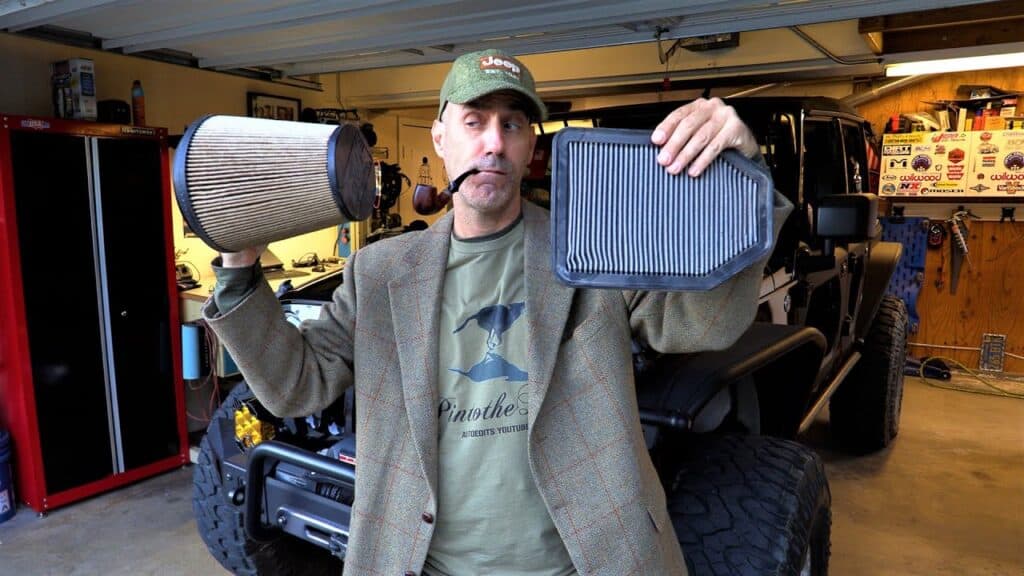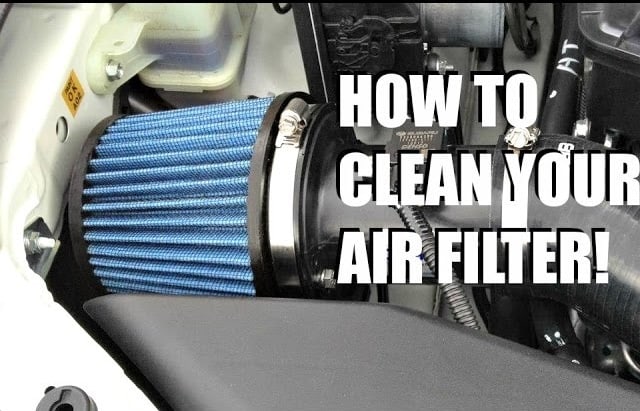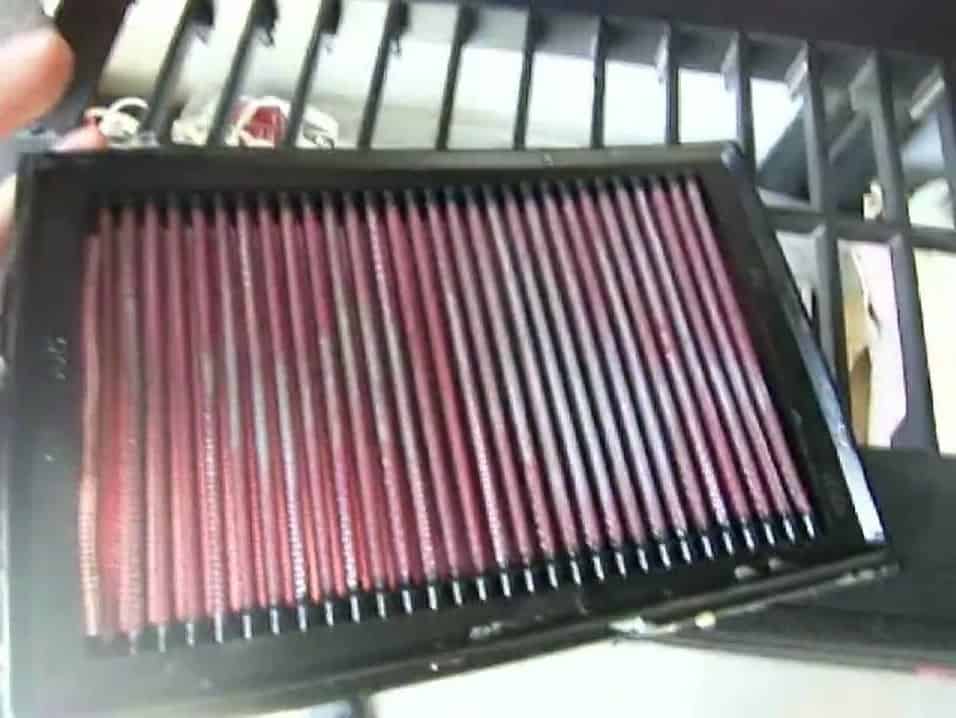Every vehicle needs an air filter to work as required. For instance, the vehicle air filter to ensure vehicle fuel does not exhaust. Moreover, the air filter removes all dust, protecting the vehicle engine and all-metal equipment that can wear and tear off. Moreover, an air filter ensures that dirty air is trapped hence increasing the lifespan of the vehicle engine.
Cleaning your vehicle air filter is essential in that it helps maintain the correct functioning of the vehicle engine and the whole vehicle correctly. Moreover, it is essential to know when to clean your air filter to reduce costs that may arise due to damaged engines or rusting metal components. Otherwise, it is essential to learn how to clean the air filter on your own before consulting a licensed professional.
How long does it take for the air filter to dry

Air filters exist in different varieties. For example, they can be air filters for cleaning air or air filter oil for filtering any dirt from vehicle oil. Therefore, the drying air filter varies depending on the type of air filter.
Time taken for the air filter to dry depends on the type of vehicle and the weather conditions. For instance, some vehicles take up to 3 hours for the air filter to dry, while others take up to 1.5 hours to dry, and others can take up to a day to dry completely.
For vehicle air filter oils, drying can take a couple of hours to completely dry, 12 to 24 hours and others can take up to 15 minutes. Therefore, it is essential to consider the manufacturer’s instructions and follow the required procedure and time required when washing and drying the air filter.
When it comes to weather changes, air filters can take up to 3 hours to dry during the winter season. In summer, the vehicle air filter dries faster because the sun takes up one hour to dry completely.
Steps on how to clean the air filter
Cleaning a vehicle air filter is easy and does not require a professional as long as you follow the steps recommended by the manufacturer or a professional mechanic. While cleaning the vehicle air filter, ensure you choose the best method that suits your preference.
Method 1: Using a vacuum cleaner

Step 1: Collect all equipment required for cleaning the air filter
The air filter is cleaned using a vacuum cleaner, hose attachment, new air filter, screwdriver, and new bolts.
Step 2: Find the position of the vehicle air filter
Before cleaning your vehicle air filter, first, locate the position of the air filter. Use the manufacturer’s handbook to locate the position of the air filter. If you don’t have the manufacturer’s instructions, you can google online and download one. Failure to obtain the handbook online, consult a mechanic to help you locate the air filter position.
Step 3: Open the air filter
After locating the air filter, remove the air filter from the vehicle. Using a screwdriver, unscrew all screws and slowly disconnect the air filter from the vehicle by pulling it out.
If the bolts or screws have accumulated rust, you can use a nut cutter, mini-hacksaw, hacksaw, reciprocating saw, or any other machine recommended.
Step 4: Use the vacuum cleaner and clean the air filter
Most people prefer using a vacuum cleaner because it requires less labour, and it is the easiest method compared to washing the air filter. Bring your vacuum cleaner and connect it to the hose attachment. Ensure both the vacuum cleaner and the hose attachment are firmly connected.
After connecting the vacuum cleaner to the hose attachment, start cleaning the air filter from one position to the next. Vacuum all sides of the vacuum cleaner for around three to four minutes on each side. Ensure the vacuum cleaner sucks all dirt.
Once you have finished cleaning all the air filter sides, expose your vehicle air filter to the sun to see all remaining dirt. Repeat the vacuuming process until all dirt and dust has been removed. Reinstall the air filter back to its position after cleaning the air filter.
If the air filter is damaged beyond any cleaning, consider replacing it. Follow the manufacturer’s instructions on the best filter recommended for the replacement. Moreover, remember to follow the manufacturer’s instructions when cleaning to prevent damaging the vehicle air filter.
Method 2: Using water

Some people prefer using water to clean the air filter rather than a vacuum cleaner. Cleaning an air filter using water involves hands and a lot of labour and takes more time than vacuum cleaning.
Step 1: Collect all equipment required for washing the air filter
Equipment required for washing including; clean bucket, clean water, recommended laundry detergent and a clean towel.
Step 2: Pour clean water into the clean bucket
Fill your clean bucket with clean water. Add the recommended detergent to the water and mix. Ensure the detergent mixes evenly with water before using the water.
After pouring water into the bucket, locate the air filter position and unscrew it using a screwdriver or any other recommended tool. Disconnect the air filter from its position.
Step 3: Place the air filter into the bucket containing water
Slowly place the air filter inside the bucket until it is completely submerged. Move the air filter in all directions using your hands to force the dust out of the air filter. Rinse the air filter using clean water and remove excess water by shaking it off carefully.
Slowly put the air filter on the towel and leave it to dry completely. Depending on the type of the air filter and weather, leave the air filter to dry according to the recommended time and ensure you leave it to dry completely.
Replace the air filter after it has dried to prevent rusting of the metal components and the engine. Further, ensure you follow the manufacturer’s instructions carefully.
Conclusion
Once you notice some signs such as decreased power supply, emission of black smoke, strong fuel smell and unusual engine sounds, check your vehicle air filter condition.
Lucky enough, the article above provides the best steps to follow when cleaning your air filter. Finally, ensure you regularly check the air filter condition and fix it to prevent further damages.
